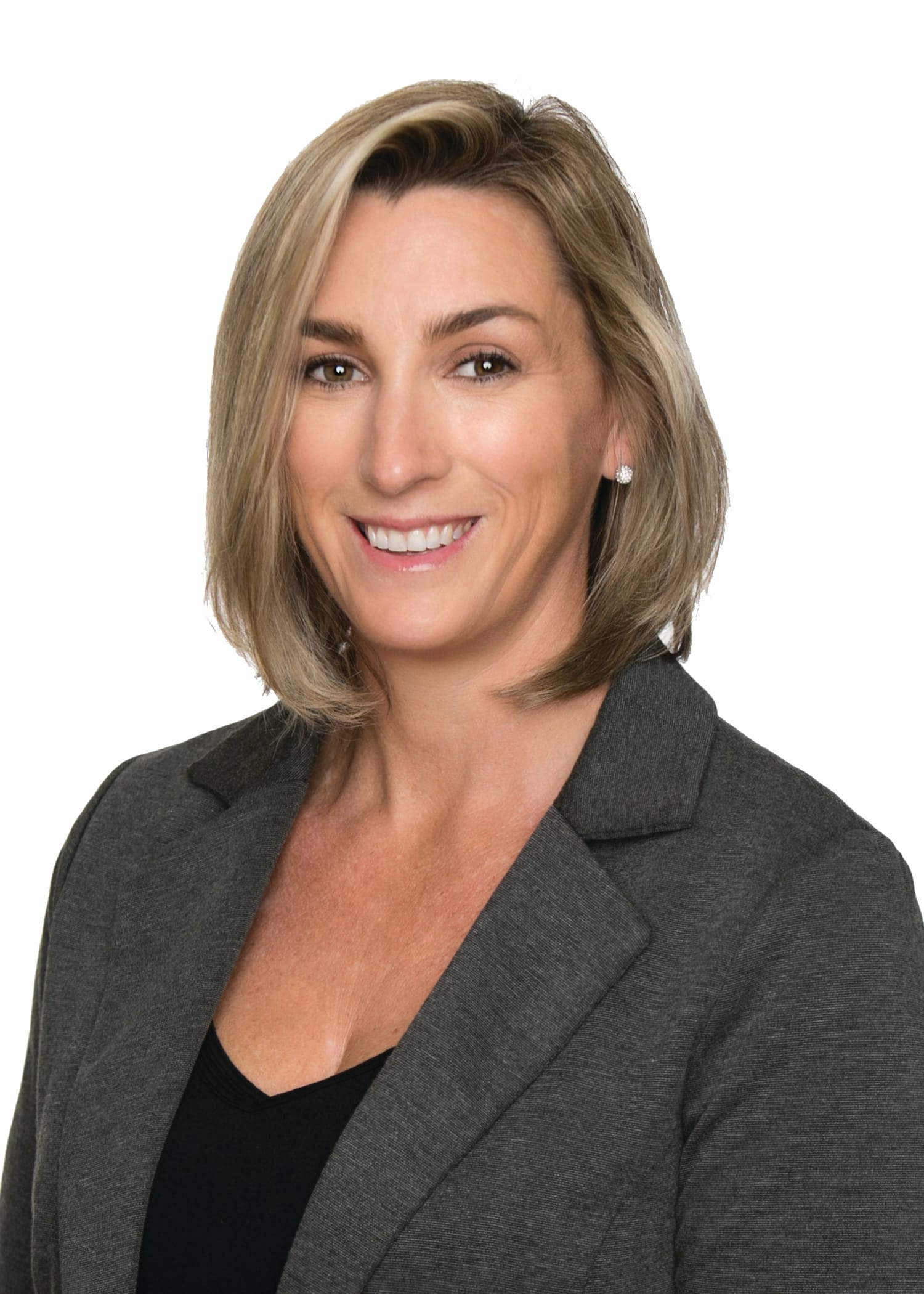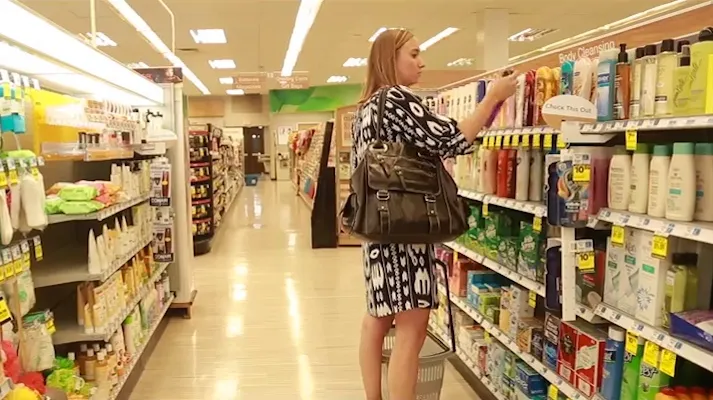
Shannon Hodock
In today’s fast-paced and evolving marketplace, pharmacies and drug stores have become an integral part of consumers’ lives. More than a place to fill prescriptions, these stores are trusted hubs for convenience and wellness today more than ever, post-pandemic. But there is increased competition for convenience and prescriptions outside of the traditional drug store channel, which poses the question — how do we retain these shoppers and also grow their baskets in our omnichannel world? To inform successful growth strategies for retailers and product manufacturers in the drug and pharmacy channel, we conducted a comprehensive shopper study this year, engaging 1,100 shoppers within our proprietary Acosta Group Shopper Community.
The power of the pharmacy to drive total store trips
Prescription shoppers play a significant role in driving total store trips. It is the No. 1 reason shoppers visit brick-and-mortar drug stores. However, other parts of the store rank equally important, including the over-the-counter pharmacy area, grocery sections, and shelves with products for personal needs for themselves and their families.
When at their local store, regardless of the trip reason, a surprising 83% of consumers are shopping the center store and, for those who primarily visit the store to pick up prescriptions, 66% are shopping for other products.
Notably, shoppers are allocating nearly 70% of their total prescription expenses and 50% of their personal/O-T-C expenditures within the drug store setting, confirming that these shopping trips are ongoing macro traffic drivers.
Clearly retailers and product manufacturers have upside potential to expand their reach and grow their store sales with these shoppers. To tap into this potential and begin to define the road map, it’s critical to understand more about consumer behaviors to convert pharmacy trips into expanded total store trips.
Shopper behaviors and perceptions
Taking a deeper dive, we know that about 70% of all shoppers are visiting drug stores as frequently as they were in 2022, and the most shopped areas are center store and pharmacy. Confirming the channel’s strength as a resource for wellness, shoppers’ use of medical services — including vaccinations, blood pressure testing, etc. — is up 33%, with males in particular reporting more frequency and more total store visits overall.
Nearly one-third of younger shoppers have increased their trips to this channel. Gen Z is spending more of their personal needs/O-T-C dollars in drug stores versus all shoppers, while Millennials and males are spending more of their grocery and general merchandise dollars in drug stores versus all shoppers. These are just a few of the new demographic insights that have meaningful impacts on decisions made by retailers and manufacturers.
In-store, we need to take multiple factors into consideration to attract new shoppers, including department merchandising strategies, store layout, category opportunities and display decisions. A holistic view will help to capture incremental conversion and basket opportunity in specific demographic groups. Progressive retailers are segmenting their store by type of shopper interaction, and they’re winning.
There is also an opportunity to grow shoppers’ online shopping patterns in this channel. Currently, omnichannel shoppers are primarily purchasing groceries and other household needs online, in addition to using drug store e-commerce sites to order prescriptions. Top categories purchased online include candy, snacks, O-T-Cs, items such as household paper products, and beauty care. Currently, Millennials, Hispanics and males are more likely to be shopping drug stores online. Building a plan that bridges the physical and digital shelf is important for capturing more sales and expanding retailers’ digital presence.
Because of increased competition from other store formats, we wanted to understand why consumers are choosing drug stores for their needs. We learned, not surprisingly, that proximity of store location, promotions, assortment and rewards are the primary reasons shoppers surveyed remain loyal to their favorite drug stores. In a strong vote of confidence, shoppers responded that their needs are “completely or somewhat” met in their preferred drug stores, generally praising pharmacy, O-T-C, staff members and hours. Their stated areas of improvement include increased store staffing and online ordering for pickup and delivery.
To consistently win and grow future shopper baskets, retailers will need to show improvement in these requests for easier checkouts, fully stocked shelves and lower prices. Of those shoppers asked, 43% said that they would go to a different store for an item if it was out of stock, and only 27% preferred drug stores for “good everyday prices.”
Checklist for growth
It is resoundingly clear that pharmacies and drug stores have an exciting opportunity to continue to expand their role with current and new customers.
While prescriptions continue to drive consumers into the physical store, we know that consumers are seeking a higher-level, holistic experience that caters to their well-being and convenience needs. This includes items such as fill-in shopping, impulse and immediate consumption.
It’s the right time for pharmacies and drug stores to step beyond their traditional roles to meet busy, diverse consumer needs and increase shopper baskets. By understanding shopper segmented demographic behaviors and needs by category, department and service, retailers can determine which are game changers and where they can strategically gain future demographic shopper cohorts.
As retailers and brands look to the future, shopper behaviors and needs should be considered as segmented by ethnicity, age or other demographic factors specific to category, brand or stores. Identify what you know about your shoppers at the present time and/or where you need help in finding this information. Also, identify what processes, staffing, technology and tools you have to improve out-of-stock rates, enable easy checkout and address pricing or revenue growth management. Do you have the tools to effectively quantify this opportunity gap for your business?
You may need to look outside your organization to find the right partner for these tools and solutions, to help inform and advise your road map to capture growth opportunities in the pharmacy and drug store channel.
Shannon Hodock is senior vice president of client development at Acosta.









